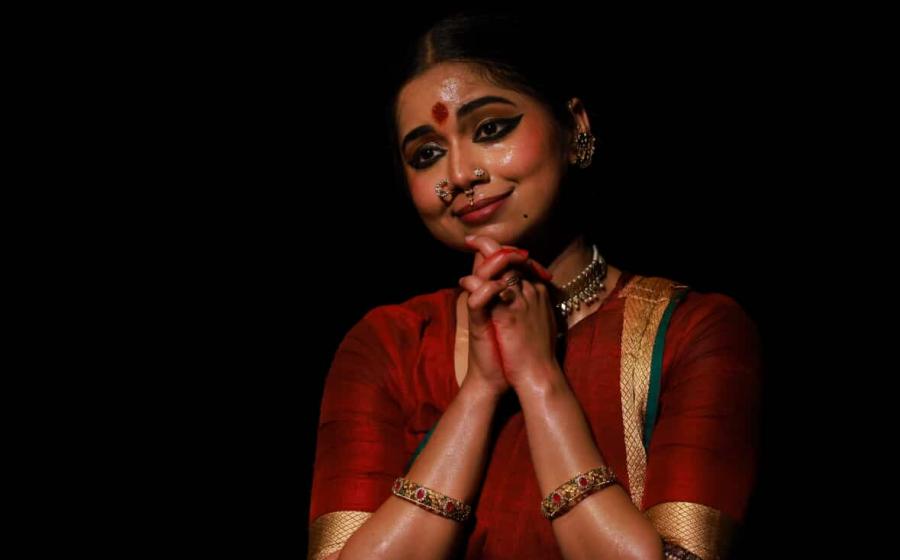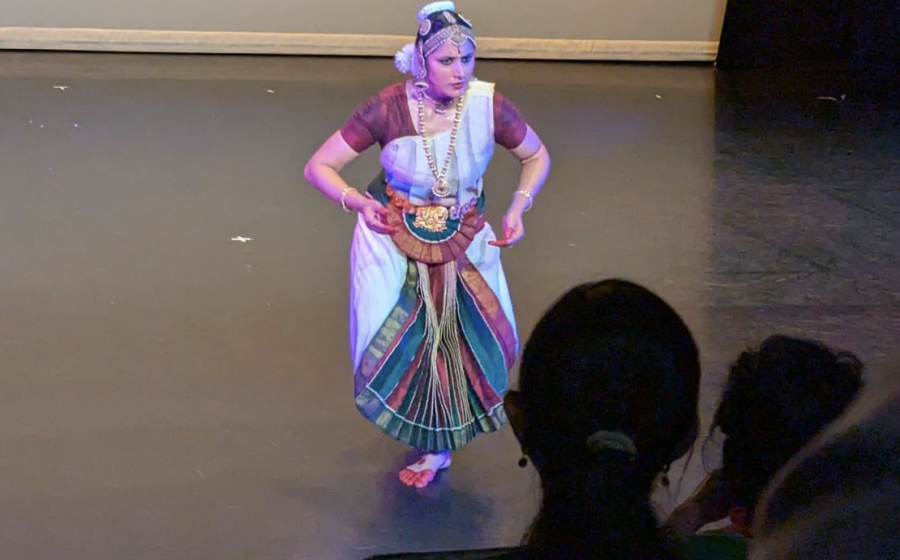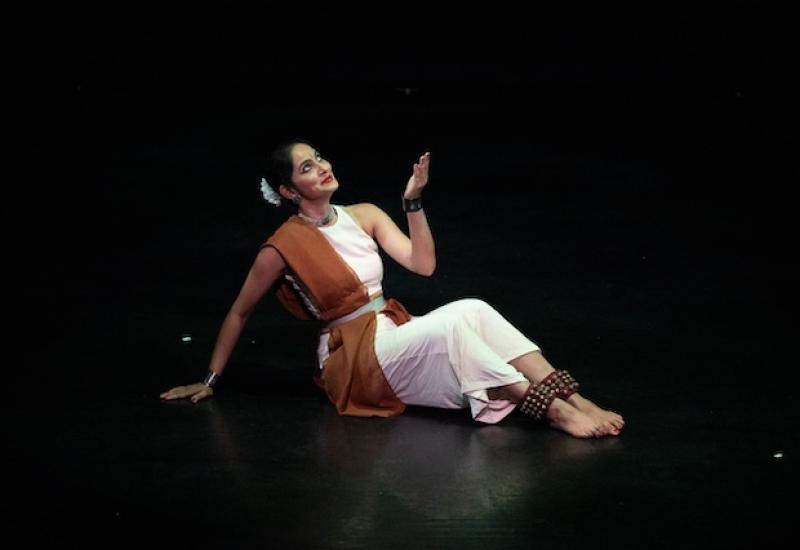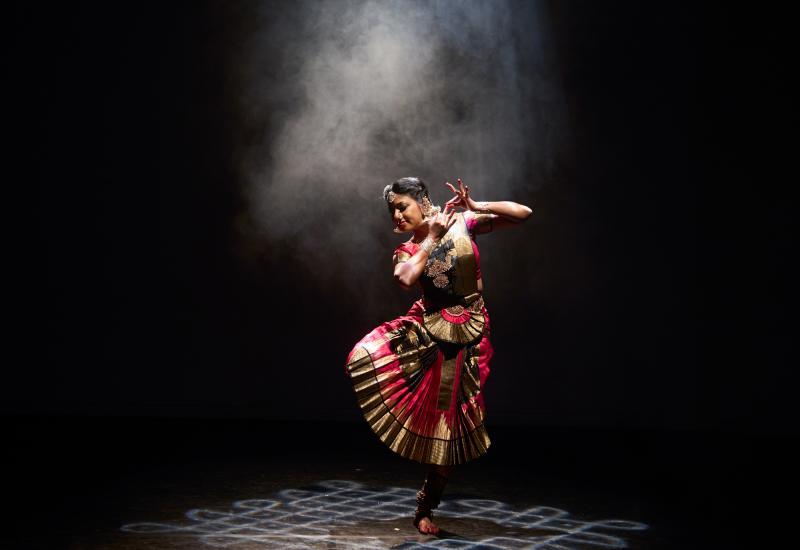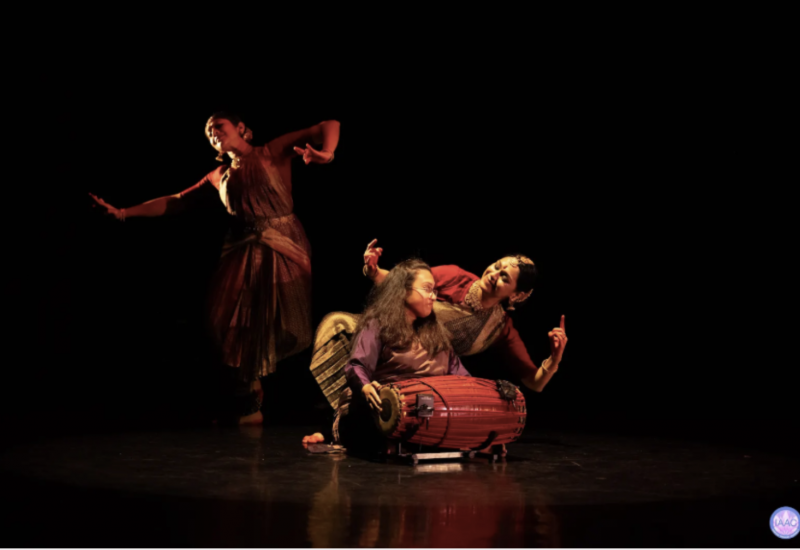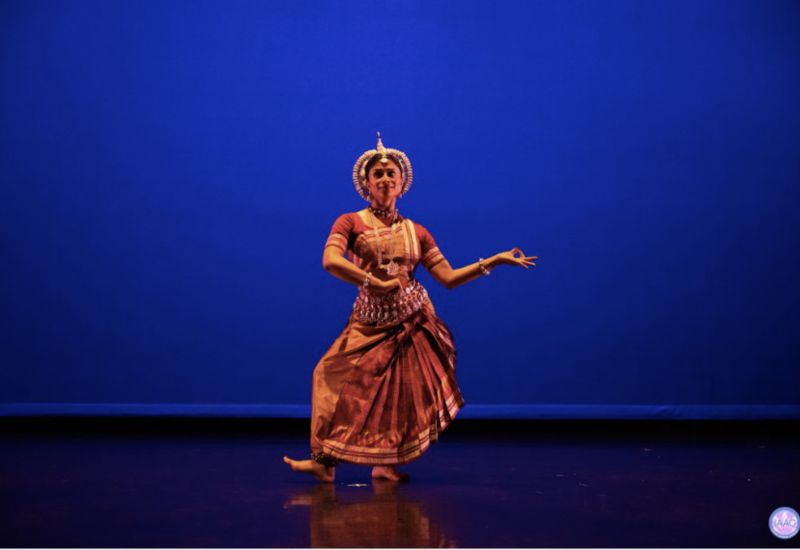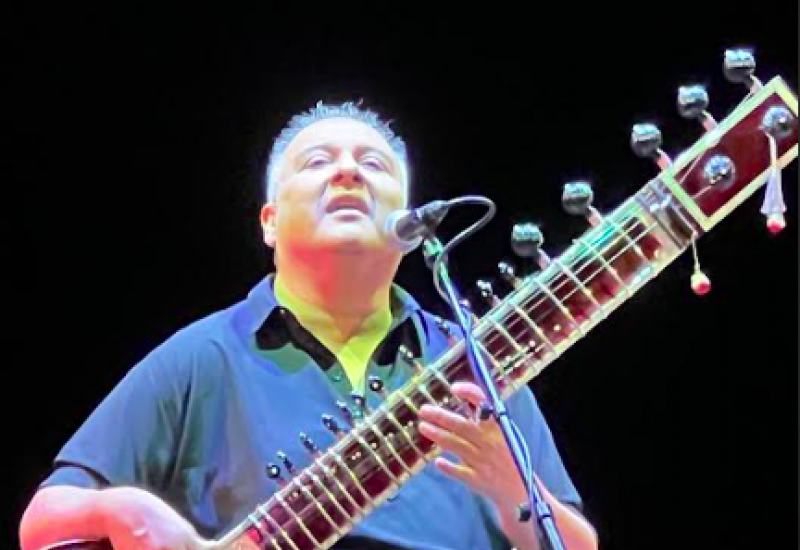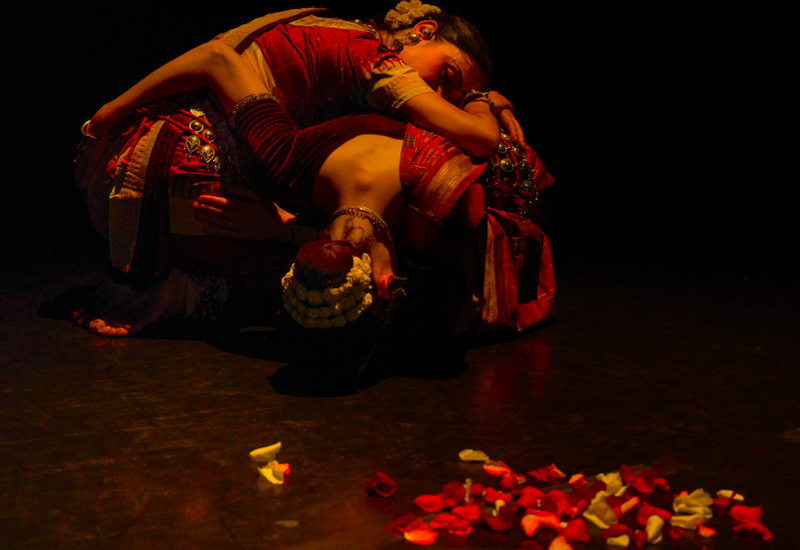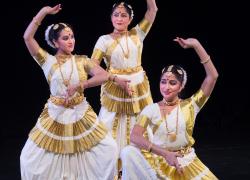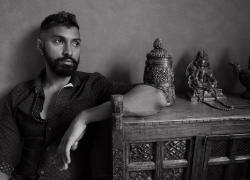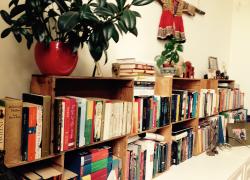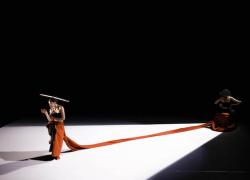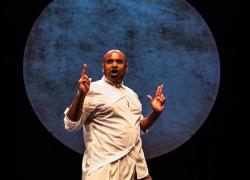Saints, Sinners, and Goddesses: Aalokam’s We R Dancing Festival Day One
By Dhruva Lakshminarayanan for Line and Verse
They call them saints, sinners, goddesses: women who bore the weight of love and consequence. Andal, who dared to desire the divine, and Renuka, who was cast aside only to rise again as Yellamma, mother to the forsaken. Both women cross the fragile line between reverence and rebellion, their stories echoing with devotion turned defiance. In their transformations lie the oldest questions of faith - what does it mean to be pure, to be faithful, to be free?
It is within this spirit of questioning and transformation that Aalokam’s We R Dancing Festival finds its voice- honoring tradition even as it reimagines it for our times. Aalokam is a New York–based institution dedicated to sustaining and evolving the classical Indian dance form of Bharatanatyam within a contemporary, multicultural context. Founded by Bharathi Penneswaran, Aalokam nurtures artists who engage deeply with tradition while exploring new choreographic and interpretive possibilities. As part of its mission to create dialogue between heritage and innovation, the company launched “We R Dancing,” an annual festival curated by Maya Kulkarni that celebrates movement as a universal language and a space for creative experimentation.
Day One of the festival featured two distinct performances that highlighted the depth and diversity of Indian classical dance. Dr. Janaki Rangarajan presented a 40 minute excerpt from Amukta Malyada, a 40 minute excerpt out of her 2 hour long bharatanatyam interpretation of Krishnadevaraya’s Telugu epic, embodying the poet-saint Andal’s inner turmoil as she oscillates between devotion and questioning of her Lord’s actions. On the other hand, Archana Raja and Kasi Aysola performed The Accidental Goddess, a dynamic kuchipudi performance that explored divine play and transformation with lyrical movement and rhythmic brilliance.
Dr. Janaki Rangarajan delivered a powerful and nuanced performance, embodying Andal with both grace and intensity. Dressed in a stunning white costume accented with red, green, and gold, she visually echoed the purity, passion, and divinity of her character, while the carefully orchestrated lighting played a crucial role; illuminating Andal’s shifting moods and accentuating the highs and lows of her inner world.
Throughout the performance, Dr. Janaki maintained a deeply rooted sthayi bhava, a sustained emotional tone, in this particular case a sweet spot where disappointment, despair and sarcasm coalesced, that carried through every sanchari (transient narrative sequence), jathi (rhythmic sequence), and even the rhythmic precision of her thattu mettu (footwork combining striking and lifting actions). Her transitions were seamless, weaving together moments of devotion, despair, and defiance with remarkable control, while also masterfully interweaving intense nritta (pure dance focusing on technique, form and rhythm) into the narrative.
What stood out most, however, was her ability to layer emotion; Using expansive gestures and over the top abhinaya to mock the Lord and dissuade her friends from praising him, only to turn away moments later in quiet vulnerability. A single head tilt, a fleeting tear, or the softest glance conveyed Andal’s profound turmoil—her simultaneous love and anguish for the divine. In these subtle gestures lay the true brilliance of Dr. Janaki’s artistry, capturing Andal’s human fragility within divine longing.This coupled with the use of the mridangam during key dramatic moments, created an almost cinematic experience, heightening the emotional tension and drawing the audience deeper into the performance. As this was an excerpt from a much longer work, the decision to conclude suddenly felt deliberate as it left the audience yearning for more, allowing the piece to linger in the imagination rather than offering a neatly resolved conclusion.
The evening then transitioned into The Accidental Goddess, by Archana Raja and Kasi Aysola, a modern adaptation of the Yellamma Nata, which is a ritual theatre tradition that retells the story of Renuka, who, after betrayal and death, rises as Yellamma, goddess of compassion and renewal, which is performed by members of the transgender community in villages across Karnataka, Telangana and Andhra Pradesh.
The theatricality of kuchipudi was vividly alive in The Accidental Goddess, with expressive mouthing, pronounced abhinaya, and eloquent hand gestures accentuated by the sharp rhythm of the ghatam (South Indian percussion instrument made of an earthen pot), which kept the performance charged with energy. The intricate footwork, including the crisp digi-digi patterns used to navigate the stage, grounded the piece in classical precision while propelling its narrative momentum. The lighting design played a crucial dramaturgical role, splitting the stage into two realms: Kasi Aysola embodying Yellamma, and Archana Raja as Renuka, her former self. The interplay between these two worlds unfolded beautifully, each movement and glance reflecting how one life haunted and transformed the other.
As Devi, Kasi Aysola conveyed a spectrum of emotions through the subtlest shifts of hand and face, revealing the many facets of a beheaded goddess reborn. The monotony of divine ritual: the ablutions, adornment, chants, and rhythmic repetitions slowly became a metaphor for confinement, and the yearning for liberation. The haunting refrain, “What’s left of me? What’s left of me to wrap my world, to break myself again and again,” echoed across the stage, transforming the myth into a deeply human meditation on identity, sacrifice, and rebirth.
Archana Raja, as Renuka, breathed life into the image of a woman both pure and forsaken, a chaste soul betrayed by her own husband and son. Years of rigorous training unfolded through her every gesture; the abhinaya with which she journeyed from innocence to desire, from devotion to condemnation, was both seamless and searing. With each exit, she shed a fragment of herself- a bangle, a necklace, an upper garment, transforming these simple acts of removal into potent symbols: a princess relinquishing her finery to become a saint’s wife, a woman stripped of dignity and sanctity alike. The performance pulsed with dramatic intensity, yet her measured footwork and steadfast adherence to the classical language of kuchipudi lent it an anchoring grace. In her, the myth found both body and soul.
The production was visually captivating and clearly the result of a great deal of creative thought and care. The attention to aesthetic detail, movement, and atmosphere made it a pleasure to watch from beginning to end. However, for audience members who may not have a background in the mythological story being portrayed, the narrative arc wasn’t always easy to follow. A bit more context, either through a short introduction, program notes, or subtle narrative cues, might have helped bridge that gap and brought the themes into clearer focus for a wider audience.
Another point to consider is the pacing. While the structure of the piece appeared intentional, the frequent pauses and scene changes occasionally broke the momentum and emotional build-up. These breaks, though perhaps necessary for transitions, sometimes made it difficult to stay fully immersed in the journey of the performance. That said, the overall impact of the piece remains strong. The artistry, commitment of the performers, and evocative staging all left a lasting impression.
As the evening drew to a close, both Dr. Janaki and Archana held the audience in a quiet spell of storytelling. Their performances unfolded like conversations; between devotion and doubt, memory and movement, each revealing a different facet of grace and strength. Watching them reminded us why we dance: to inhabit those fleeting moments of truth and transformation that transcend the stage. Through initiatives like We R Dancing, Aalokam continues to reaffirm its vision: to keep classical dance a living, breathing tradition, rooted in devotion yet unafraid to speak in the language of the present.

